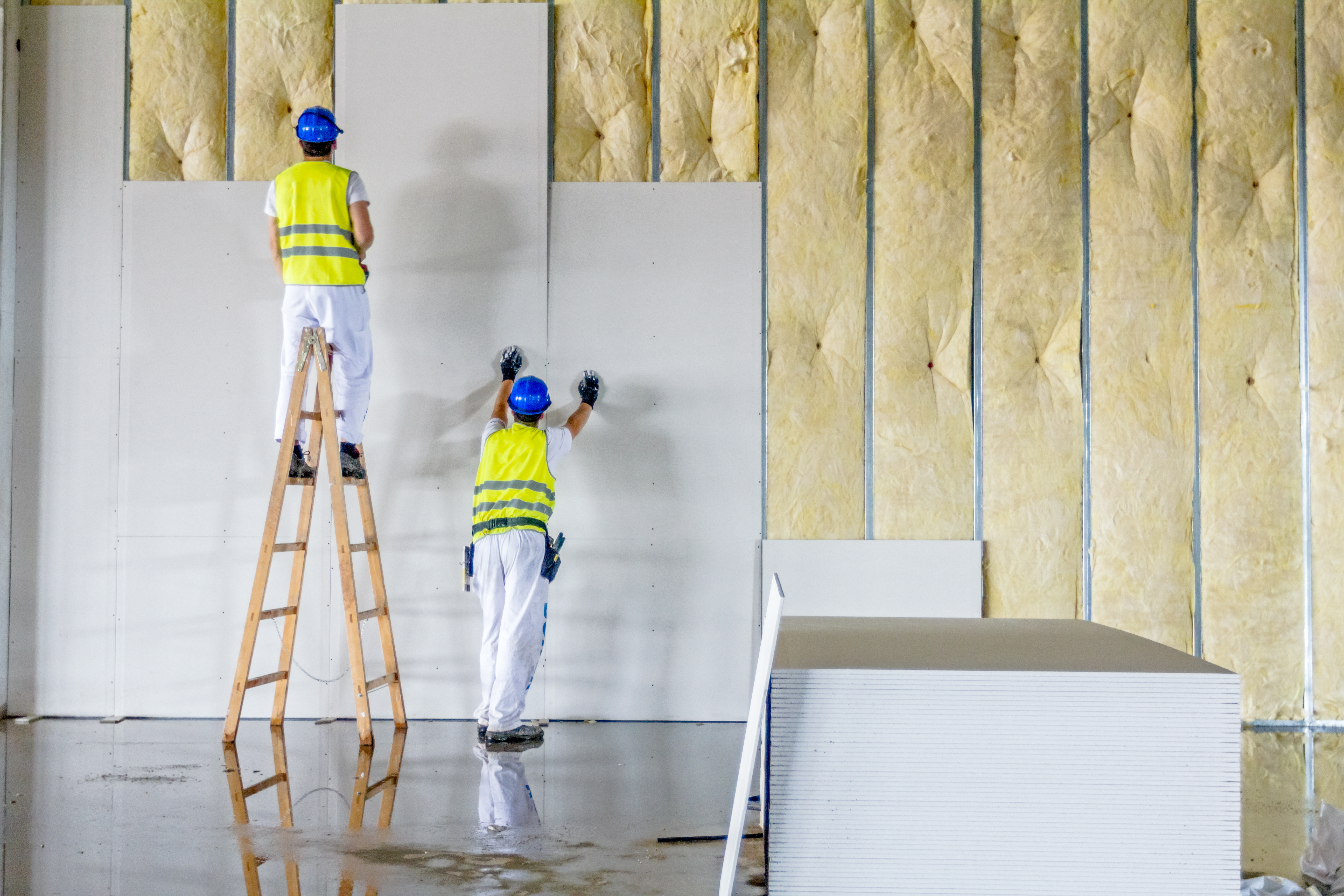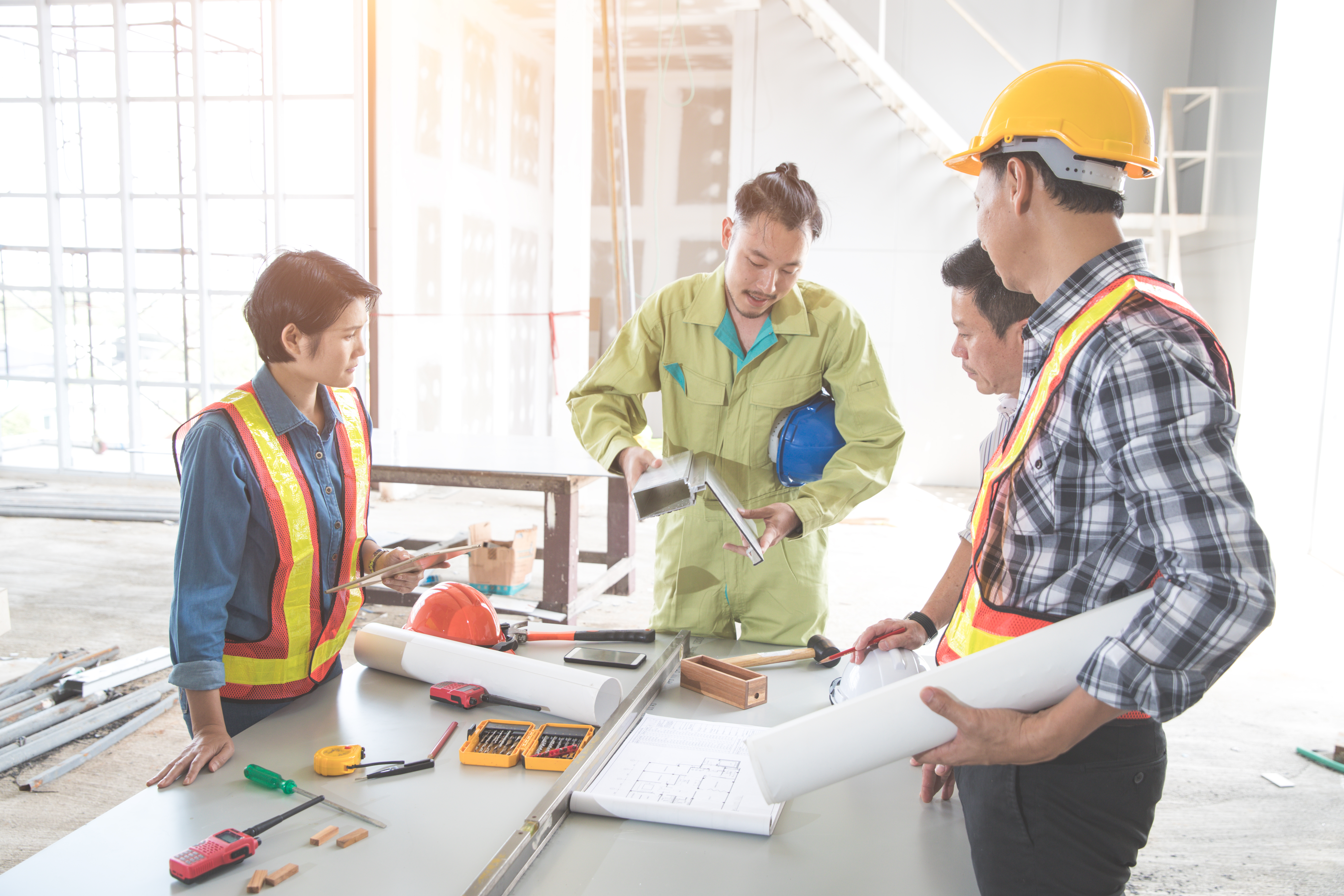What is a De-fit? – A Handy Summary of Office Fit Out Removals

When you’ve finally found the perfect office in Dubai to set up your business and that your employees can work out of comfortably, the last thing you’ll be thinking about is moving workplaces anytime soon.
For the most part, we tend to seek out commercial spaces where we can settle down for an indefinite number of years. However, the reality is far from this. Your business can change rapidly from one moment to the next, and your current office might not accommodate the growth and expansion of your company.
And when the time comes for you to move on from one workplace to the next, you’ll need a de-fit. In this article, we explore what an office fit out removal is and how to go about it.
What is an office de-fit?
Also known as strip-outs or make goods, de-fits are usually required at the end of a lease and the start of a new lease, when a new business takes over the tenancy of an office space. Put simply, when you decide to vacate a commercial space, you are obligated to return the office to the same state it was before you moved in or as specified in the lease agreement.
A de-fit could include removing every enhancement or addition you have contributed to the space for the duration of your tenancy, including flooring, decorative finishes, electrical wiring, wall coverings and any other fit out aspects.
The dos and don’ts of de-fits
-
Do keep a thorough record from day one
Make sure to keep track of the condition of the space before you moved in, as well as every single change you’ve made to the space after you’ve taken up the tenancy. This will help you see exactly what’s expected of you when you decide to leave.
One of the worst mistakes you can make is to assume you won’t need to keep a record of fit out changes as you intend to move into the office for good. Remember, things can change in the blink of an eye, and what you had planned today might not be the same in a year, or even a month.
So, make sure you protect your best interests by taking thorough notes in case an office move does end up taking place.
-
Do take pictures when moving in
In regard to this particular point, there is no limit to the number of pictures you should be taking of the office space before you move in. Take pictures of everything – including all nooks and crannies – and from different angles.
This way you can record pre-existing damage and have visual proof of the state of the space before your tenancy began – just in case a landlord believes you to be the cause of damage during your tenure, when in fact, it wasn’t.
-
Do take the time to properly understand your make good clause
Make good clauses tend to be written in dense legal jargon that can be difficult for any layperson to understand. However, this is something you want to be familiar with, so we advise bringing in a professional who can decipher the clause and properly explain it to you so you fully understand your obligations.

-
Don’t do more than you need to
Once you have a good understanding of your make good clause, be sure to do only what’s expected of you. There are times when your lease agreement doesn’t require you to remove every single change – in that case, you’ll want to save yourself time and money by only fulfilling what’s expected.
-
Don’t forget to do your de-fit
This might sound like a silly point to add, but you’d be surprised at home many business owners get so excited about moving into a new office that they end up forgetting or neglecting their de-fit.
-
Do have a de-fit checklist
An easy way to stay on top of your de-fit project is to keep a checklist to ensure that nothing gets missed or overlooked. Some of the most common elements that need to be removed or changed are:
-
Joinery and bulkheads
-
Added walls
-
Partitions
-
Doors
-
Windows
-
Decals and frosting
-
Floor coverings
-
Light fittings
-
Repaint walls and ceilings
-
Fixtures and fittings
-
Wall repairs
-
Layout
-
Don’t remove anything that was there before your tenancy
Anything that was part of the office before you moved in should still remain once you leave. Be sure not to take anything that doesn’t belong to you as well.
-
Do get help from a professional
It might be tempting to try and do the de-fit yourself to save money and time, but it might cause you more trouble or problems in the end. Avoid this issue altogether by getting professional help from the get-off.
When going it alone, you risk causing damage, especially when removing tricky fixtures and fittings. And if that happens, it might end up costing you more than it would be when hiring a specialist.
How do I remove my office fit out?
Skilled and experienced fit out contractors offer de-fit and removal services to ensure that your office space is ready for re-lease. Specialists also take it upon themselves to examining your lease agreement and make good clause to ensure that they return the space to its “original condition”.
Where can I find a reliable contractor?
If you find yourself coming to the end of your lease and need to remove the fit out you installed when moving into the office, then you’ll need the help of an expert – and we know exactly where you can find one.
Contractors.Direct offers a curated database of thoroughly vetted, quality contractors, interior designers and interior architects who can bring your vision to life, on time and on budget. Get in touch with us and we’ll be happy to connect you with the right people for the job.

Written by Kirsten Delcie
As a seasoned project professional, Kirsten has been curating and creating content for Contractors Direct since the company's inception. Her diligent research methods and style lend themselves to the valuable insight driven blog posts you see here. Outside of content creation Kirsten is an avid reader and scuba diver and combines both as often as possible!
Ready for a Stunning New Space?
Dream for a new look for your space? Make an appointment today for the perfect contractor for you. We'll work with you to make your vision a reality.
Related Posts
.jpg)
3 Handy Tips to Find the Best Office Fit Out Contractors
Your Dubai based company is growing. Unsurprising given that the UAE has turned...

How to Find the Best Fit Out Contractors
Sometimes spaces need to be fitted out in order to fit in with modern trends...

